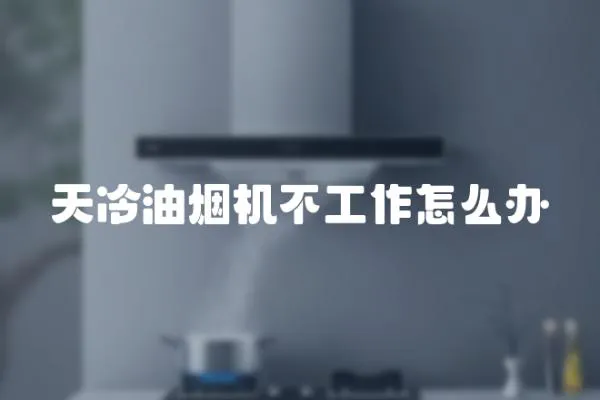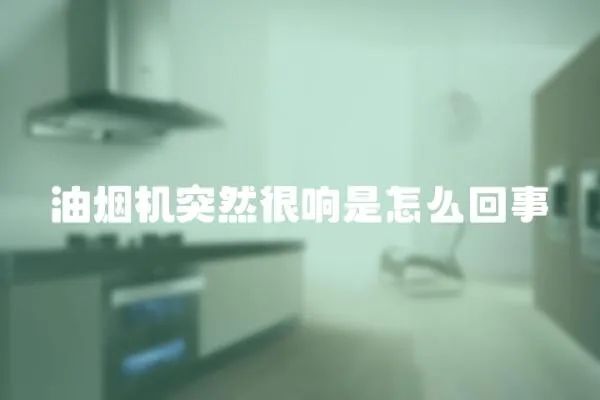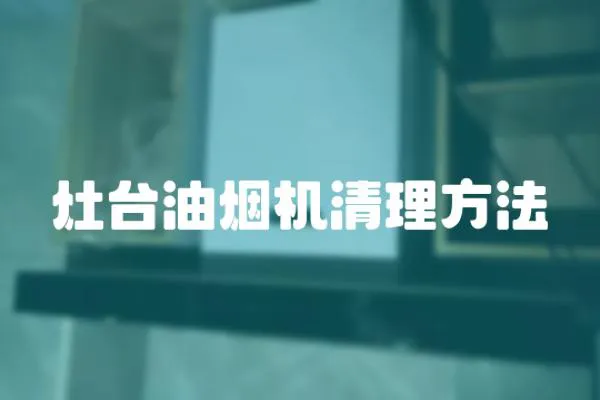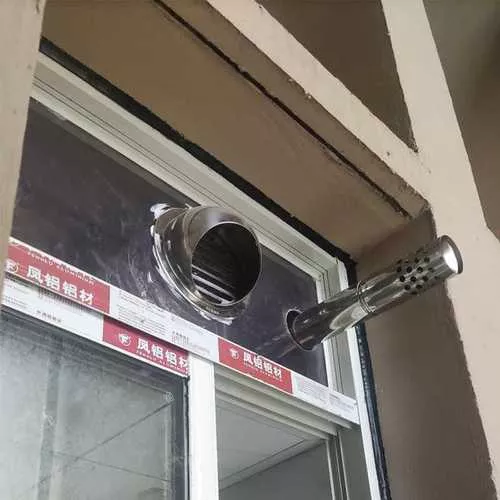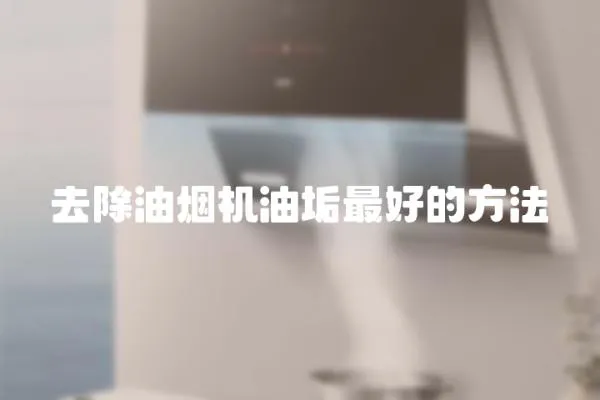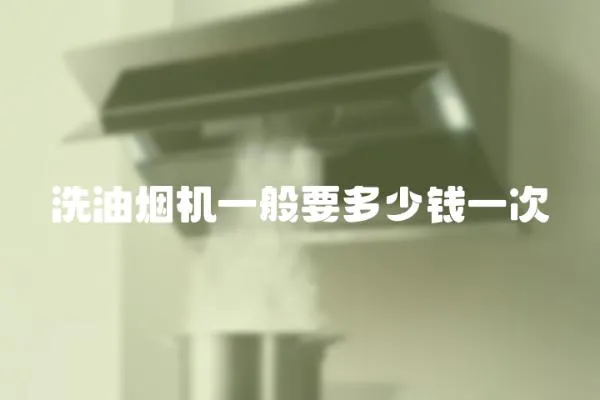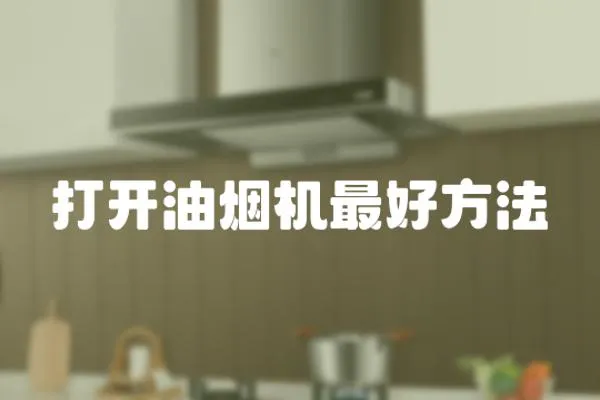Installing an exhaust hood is an essential part of any kitchen renovation or construction project, especially in countries with strict regulations about ventilation and air quality. Proper installation of the hood will ensure that your kitchen remains free of smoke, grease, and other pollutants, and will also help maintain a pleasant environment for cooking and dining. Here are the steps to follow when installing an exhaust hood in your kitchen:
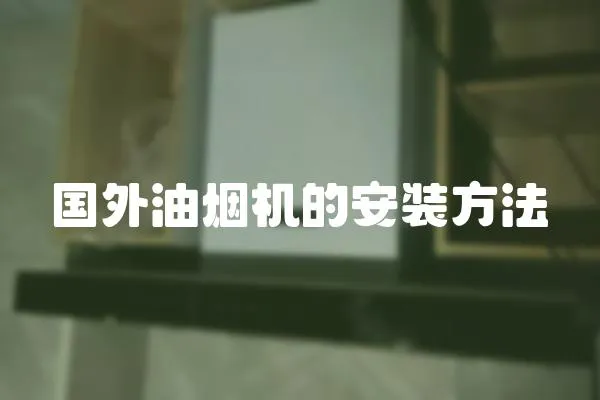
1. Choose the right size and type of exhaust hood for your kitchen. The size of the hood depends on the size of your cooktop or range, and the type depends on the style of your kitchen and your personal preference.
2. Locate the proper position for the exhaust hood. The hood should be placed directly above the cooktop or range, with at least 20 to 24 inches of clearance between the cooktop and the hood bottom.
3. Install the vent ducting for your exhaust hood. This is a crucial step that will ensure that the air is properly circulated outside your home. The ducting should be of the correct size, and it should be unobstructed and properly sloped.
4. Screw the mounting bracket to the wall where the hood will be installed. The bracket may need to be adjusted to fit the size of the hood being installed.
5. Attach the exhaust hood to the mounting bracket. Tighten the screws to ensure that the hood is securely in place.
6. Attach the vent duct to the exhaust hood. Make sure that the duct is tightly secured, and use a duct tape to seal any leaks.
7. Install the grease filter and any other accessories that come with your exhaust hood. These are designed to trap grease and other impurities and should be cleaned regularly to maintain their effectiveness.
8. Test the exhaust hood to ensure that it is working correctly. Turn on the cooktop and check the hood for proper ventilation and suction.
9. Finally, finish the installation by sealing any gaps between the hood and the wall or ceiling.
In conclusion, installing an exhaust hood in your kitchen requires careful planning, attention to detail, and strict adherence to safety regulations. It is best to hire a licensed and experienced professional to handle the installation for you to ensure a thorough and long-lasting installation.

